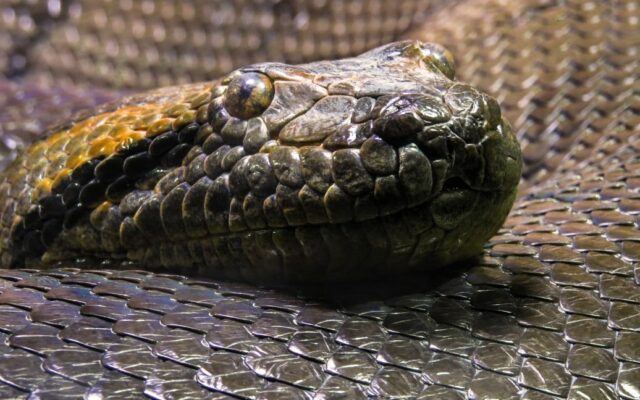Discovery of Ancient Giant Snakes in India
Researchers from the Indian Institute of Technology in Roorkee have unearthed fossilized vertebrae of an ancient reptile in western India, shedding light on the existence of massive snakes around 47 million years ago, during the middle Eocene period. These ancient snakes, named Vasuki indicus, were incredibly large, measuring between 11 to 15 meters in length, surpassing the size of modern snakes.
Published in Nature, the study suggests that Vasuki indicus could have rivaled the size of Titanoboa, another extinct giant reptile. Modern snakes, in comparison, reach a maximum length of 7.67 meters, making Vasuki indicus a true giant among its kind.
Analysis of the fossils reveals that these ancient snakes belonged to the family Madtsoiidae, with a broad body structure indicating a preference for ambush hunting rather than spending time in water or trees, similar to modern anacondas.
Scientists speculate that the lineage of Vasuki indicus originated in India around 56-34 million years ago, eventually spreading to Europe and Africa. This discovery not only contributes to our understanding of climate patterns but also provides insights into the systematics, biogeography, and behavior of ancient marine reptiles.





